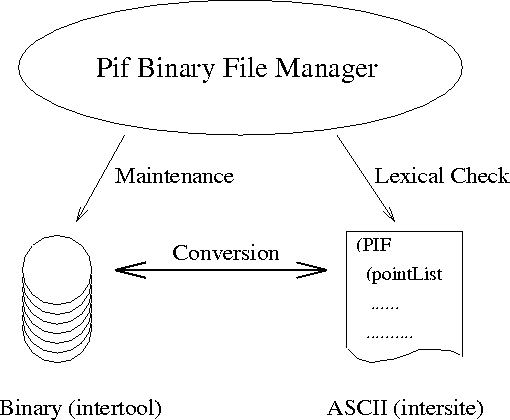
Figure 6.13: Tasks of the PIF binary file manager





Figure 6.13: Tasks of the PIF binary file manager
As mentioned above, the whole PAI works on a binary representation of PIF data for fast access. This type of data storage is optimized for architecture-dependent coupling of simulators in non human-readable form. For data exchange via eMail or FTP, or making PLBs human-readable, there is the ASCII PIF representation holding the same information. The PBFM is able to convert the binary to ASCII PIF and vice versa. Thus data exchange between machines with different byte ordering (little and big endian) and floating point formats (e.g. IEEE, VAX and IBM) is possible by converting PLBs to ASCII PIF and back to binary format on a machine with different architecture. The maintenance functions of the PBFM allow the user to list all PLBs of a PBF, delete any PLB within a PBF, repair a not cleanly closed PBF and check PIF ASCII files for lexical correctness (Fig. 6.13).